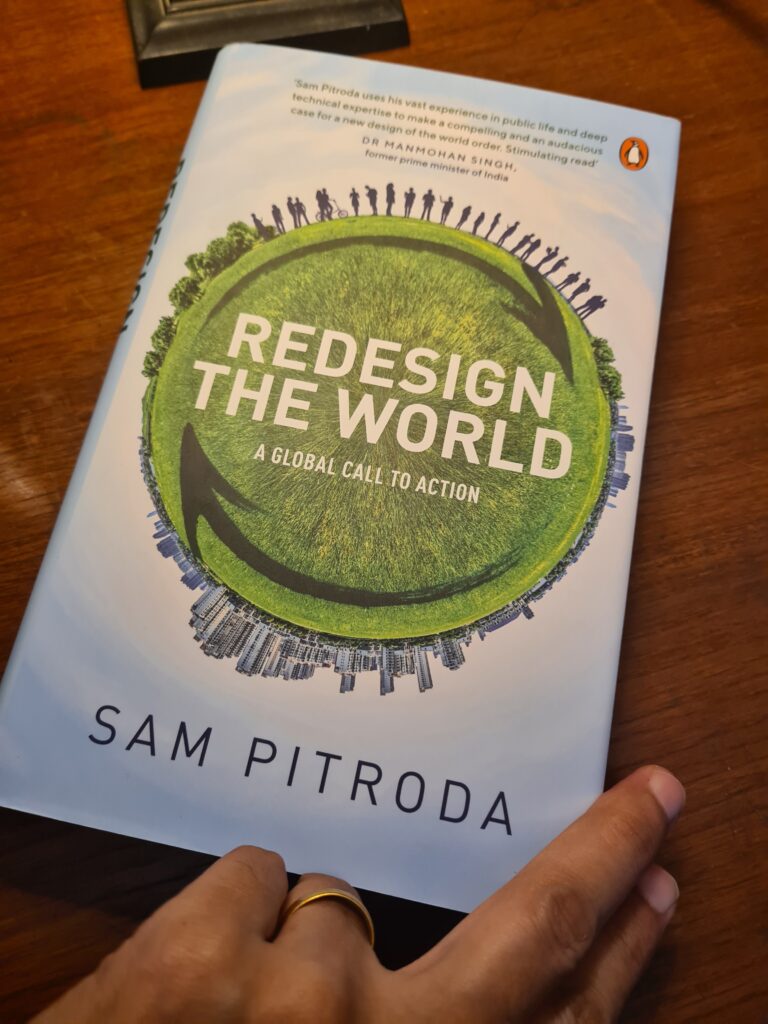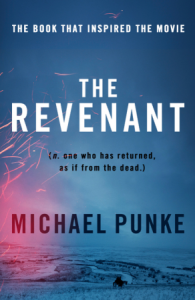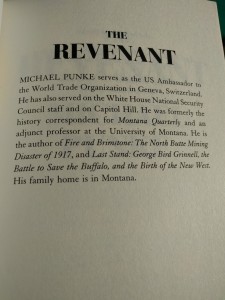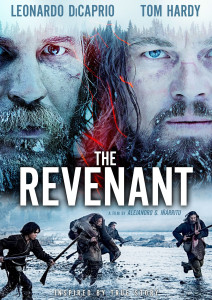“Redesign the world” by Sam Pitroda

Entrepreneur, policymaker and telecom specialist Sam Pitroda has recently released Redesign the World: A Global Call to Action. In it he outlines his theory that for more than seven decades the world has continued on foundations that were established immediately after the Second World War. For instance, institutions like the Bretton Wood twins, NATO and WTO, among others were established, but he argues have now outlived their utility. Instead he believes that in the aftermath of the Covid-19 pandemic, we have been offered the opportunity to take humanity to the next level. It can be achieved in multiple ways such as reviewing the emphasis in existing economic models, internet economy, inclusivity and innovation. He too, like many other policymakers and thinkers, advocates the significance of the family. This is a book that straddles the experiences of India and the United States. Pitroda writes sharing many examples from both countries. Some may be applicable in India, some may not be. Hopefully it is the cross-pollination of stories and case studies that may influence future constructive decisions.
In 1984, Pitroda was invited the newly appointed prime minister Rajiv Gandhi to draft a telecommunications policy. Pitroday helped start the Center for Development of Telematics C-DOT, an autonomous telecom R&D organization. It was the first time that the Indian government had put in place a digital policy. As advisor to Prime Minister Rajiv Gandhi, Pitroda headed six technology missions related to telecommunications, water, literacy, immunization, dairy, and oilseeds. He founded and was the first chairman, of India’s Telecom Commission. In Redesign the World, Pitroda offers many perspectives and touches upon various areas that could do with a revamping. But it is the chapter “Tipping Point” that is fascinating as that is his strength — technology. He outlines the difference between “science” and “technology”.
Science exists in a framework of truth, trust, reason, rationality, repeatability, reliability and open debate. Science is at the core of our unending curiosity to discover nature and improve human existence. It is not about blind belief in stories and glories of the past, nor about superstition, race, religion, caste, cult, charisma, personality or autocracy. We have seen that scinece has the power to revolutioanize societies, change mindsets and human habits, and transform work and behavior…There is a difference between science and technology. Science is the fundamental knowledge …Technology is about applying sicence, from which many countries have benefited and delivered the products and services that people want. Technology, like human beings, has a life cycle. It is conceived with an idea in a person’s mind which then takes birth as a product or a service. As people use it, the technology reaches adolescence. As demand and production increase, technology matures, ages and then enters decay, finally dying a natural death. Each technology goes through this life cycle and has a selfish system with its urges and aspirations. Technology, like nature, is also a tremendous unpredictable force.
Pitroda, the specialist that he is, is undestandably worried about how technology solves many problems and also creates some of its own — increasing inequality, income inequality, and digital divide / information barriers. It is yet to solve hunger, poverty, violence, health, environmental blunders, etc. He acerbically points out that this is partly because the world’s best brains are busy solving the problems of the rich, who do not have problems to solve. As a result, the issues of the poor do not get the attention they deserve.
When an expert like Sam Pitroda raises a warning flag about using technology appropriately, then it is perhaps wise for others to sit up and listen. Over reliance on it can spell trouble as the conflict between man vs technology is still in a nascent stage. We certainly do not know enough about the potential and impact that technology may have on humankind. Certain mappings are making it visible for now but it is still insufficient data. Food for thought, perhaps?
25 July 2021



